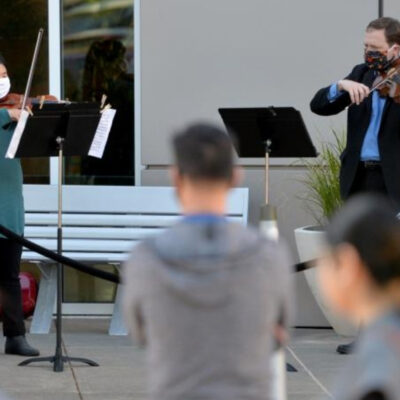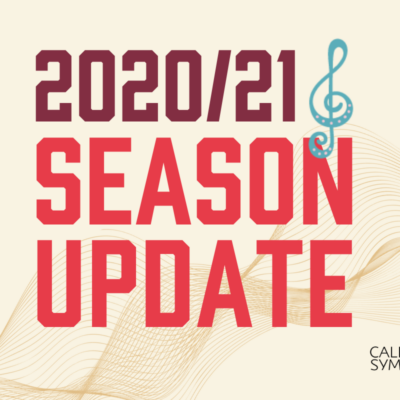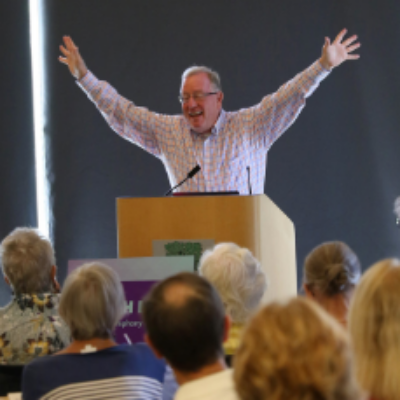George Gershwin (1898–1937)
Rhapsody in Blue
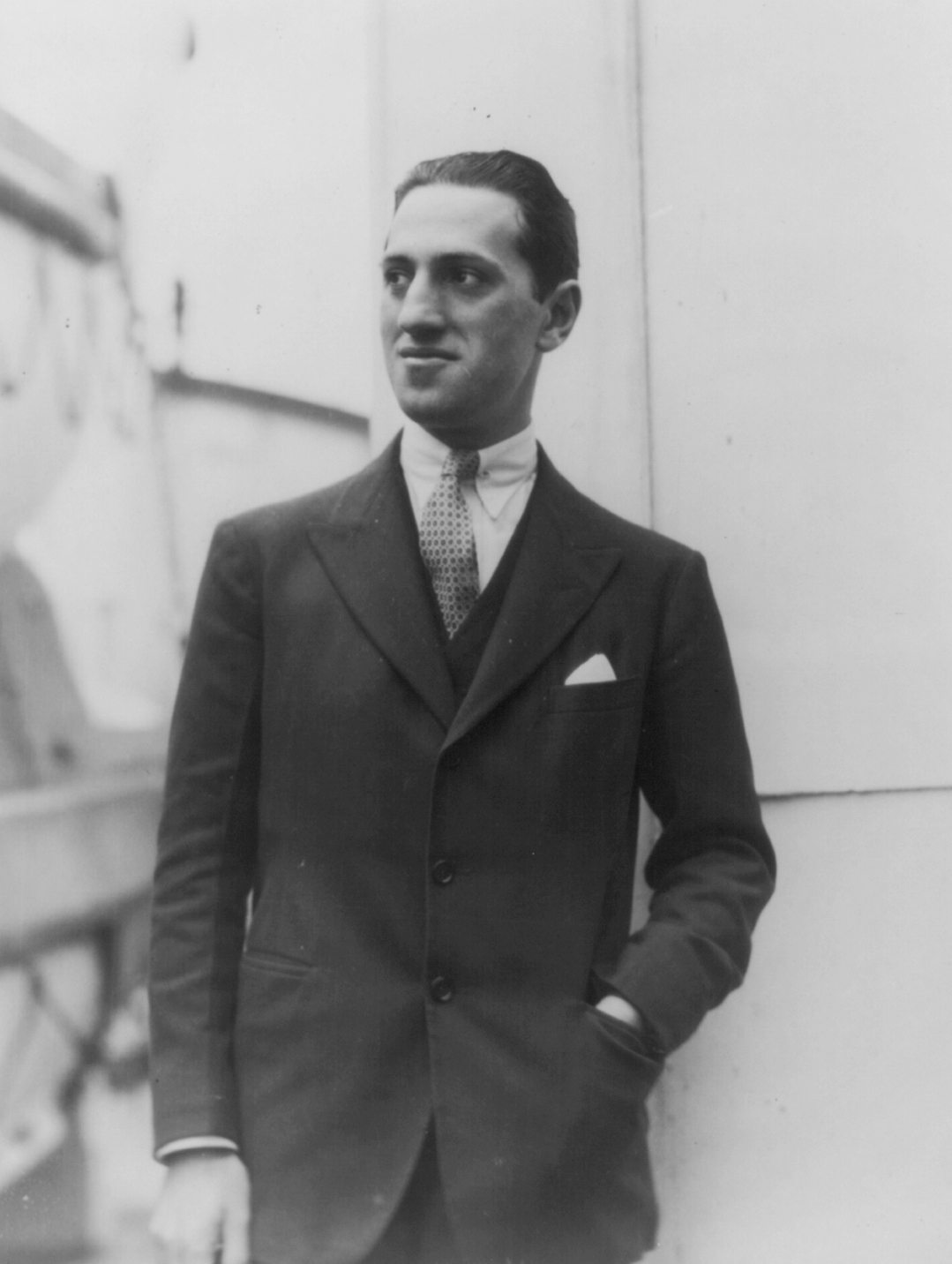 George Gershwin’s Broadway career was just getting underway when Paul Whiteman tapped him to contribute a work for an ambitious concert in New York’s Aeolian Hall that aimed to clothe jazz in symphonic garb. The concert, on February 12, 1924 was a near-disaster. It was boring. It was pretentious. The pieces all sounded alike. The ventilation system was on the fritz.
George Gershwin’s Broadway career was just getting underway when Paul Whiteman tapped him to contribute a work for an ambitious concert in New York’s Aeolian Hall that aimed to clothe jazz in symphonic garb. The concert, on February 12, 1924 was a near-disaster. It was boring. It was pretentious. The pieces all sounded alike. The ventilation system was on the fritz.
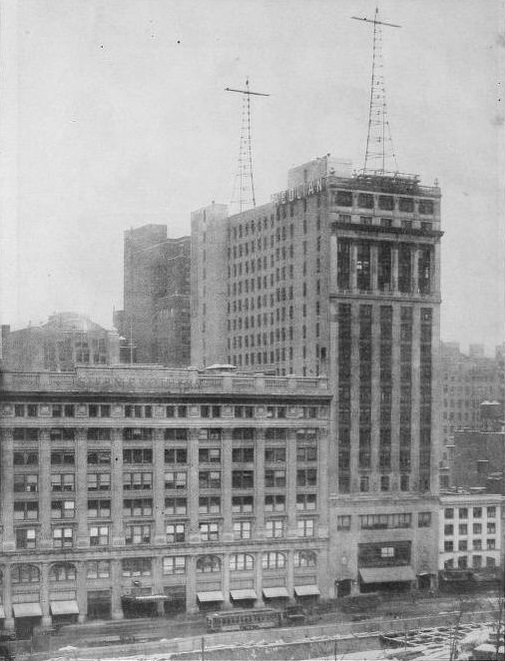
Aeolian Hall, New York (1923)
Rhapsody in Blue was second to last, and it saved the day despite being fundamentally unfinished: Gershwin hadn’t even written out the piano solo part, and house arranger Ferde Grofé had provided the orchestration. Gershwin’s lack of formal training meant that the Rhapsody was more a potpourri than a unified structure.
But no matter. It brought down the house and has held a place of honor in American concert music ever since.
Gershwin went on to a spectacular career on Broadway with shows such as Strike Up the Band, Of Thee I Sing, and Girl Crazy. He wrote more concert works and eventually a major opera, Porgy and Bess. But Rhapsody in Blue remains his best known concert work, immediately approachable and instantly lovable, an embraceable, irreplaceable treasure of the jazz age.
Program Annotator Scott Foglesong is the Chair of Musicianship and Music Theory at the San Francisco Conservatory of Music, and a Contributing Writer and Lecturer for the San Francisco Symphony. He also leads the California Symphony’s ground-breaking music education course for adults Fresh Look: The Symphony Exposed.
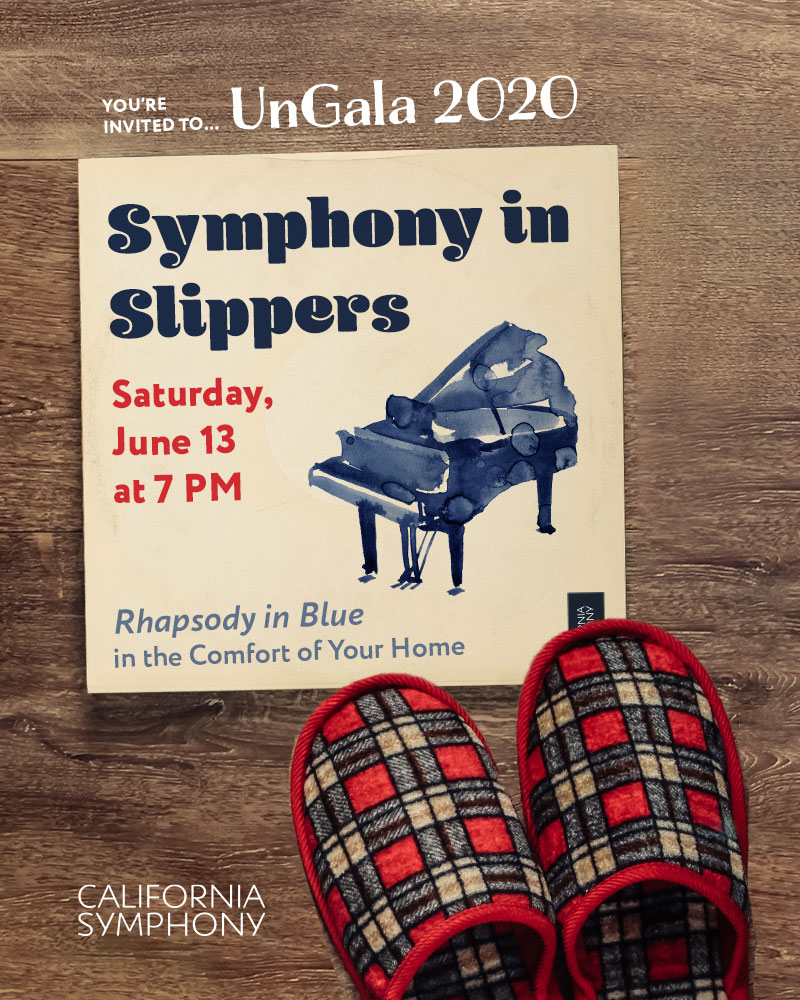 Hear Gershwin’s fantastically colorful Rhapsody in Blue at Symphony in Slippers UnGala. In place of our usual glitzy and glamorous gala affair, we present a special shelter-in-place event, free to all to view online and from the comfort of your couch. Learn more here.
Hear Gershwin’s fantastically colorful Rhapsody in Blue at Symphony in Slippers UnGala. In place of our usual glitzy and glamorous gala affair, we present a special shelter-in-place event, free to all to view online and from the comfort of your couch. Learn more here.


